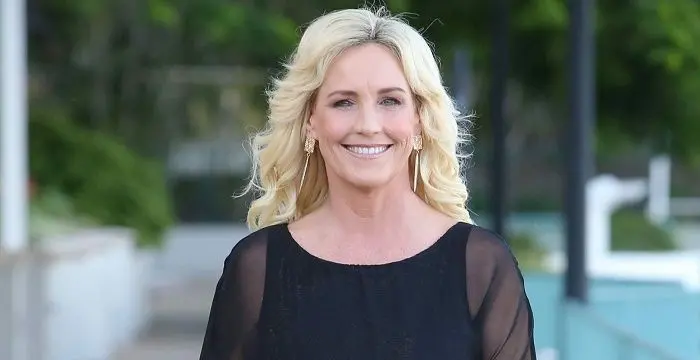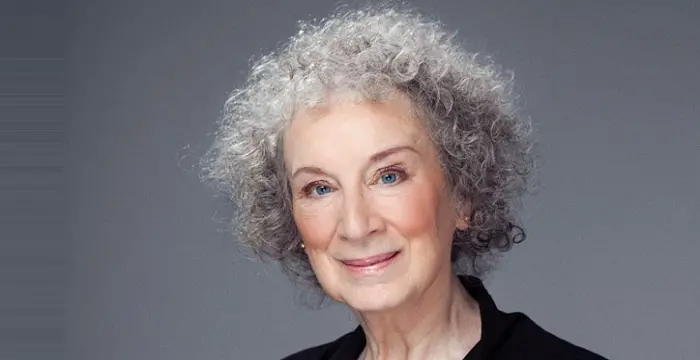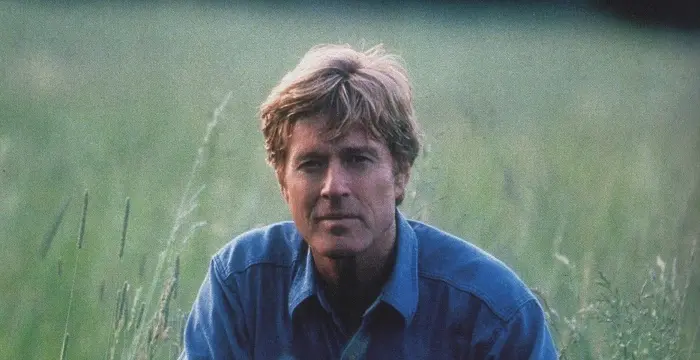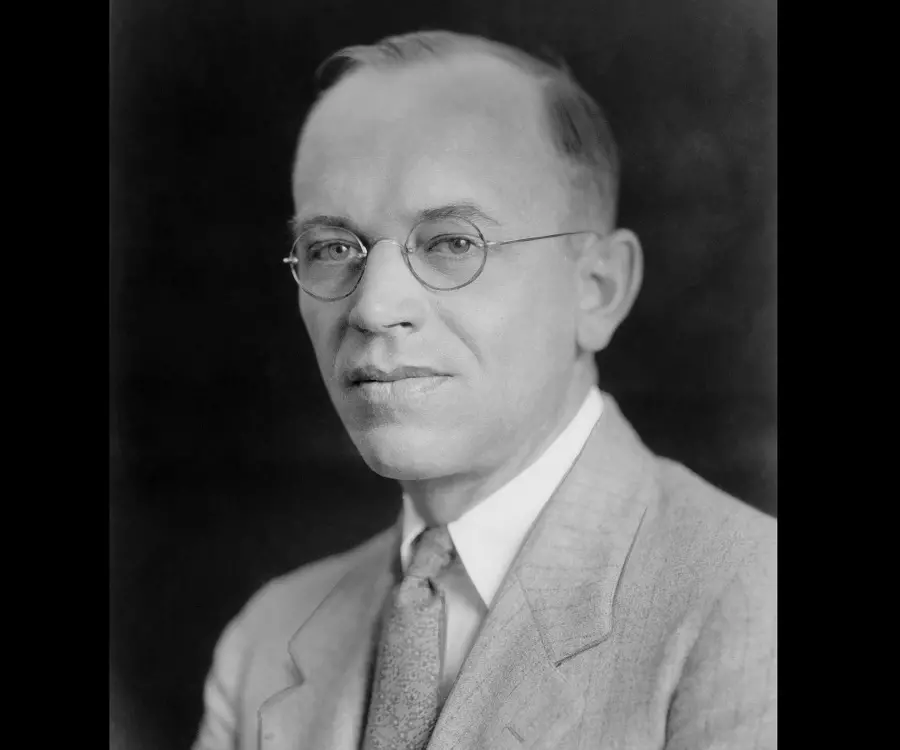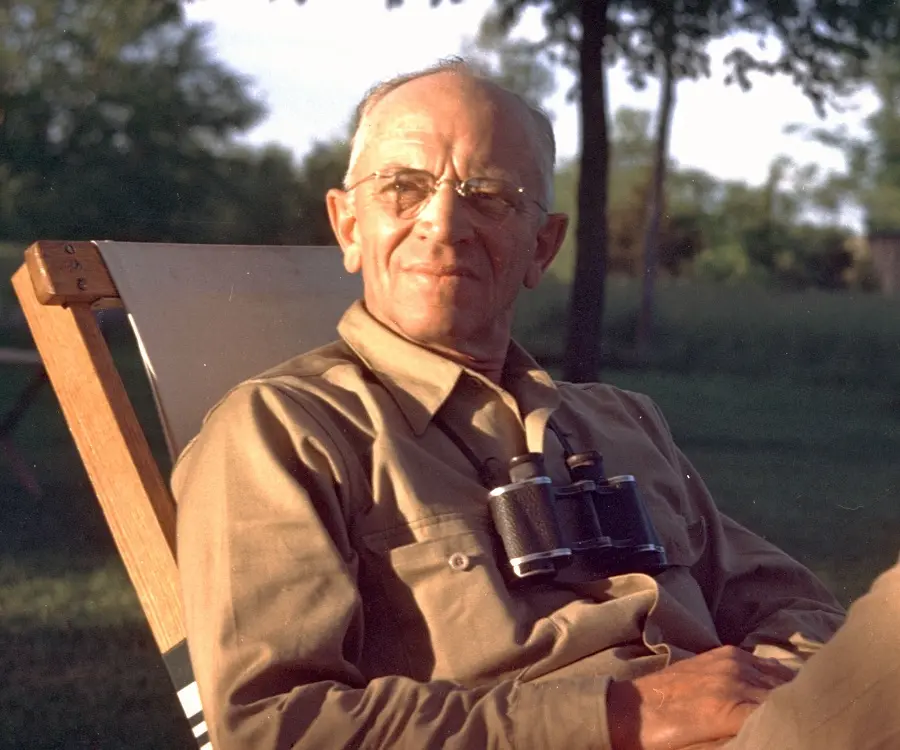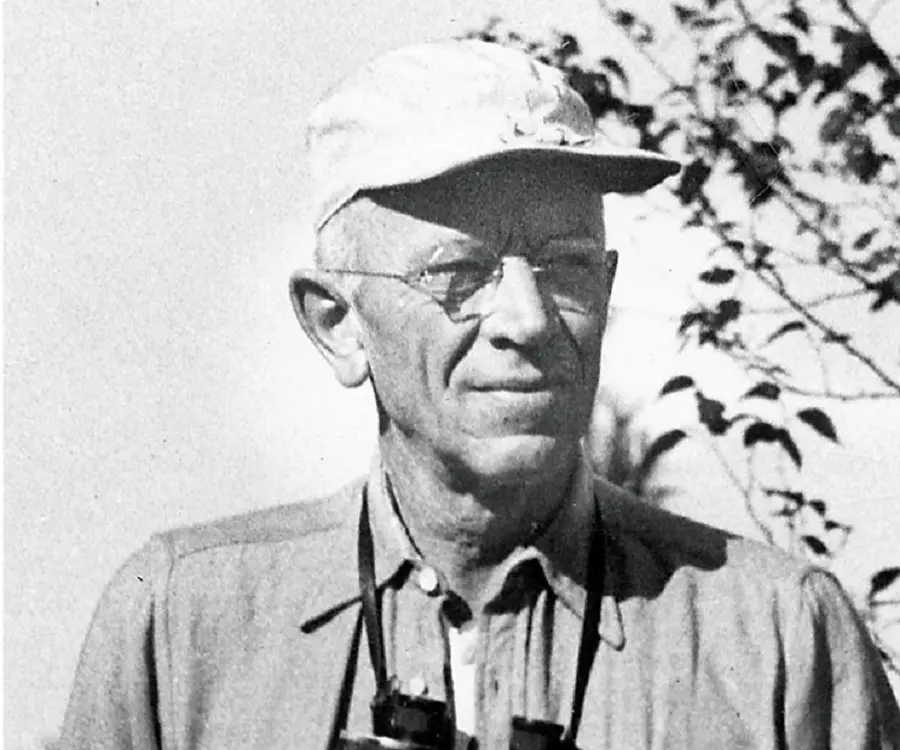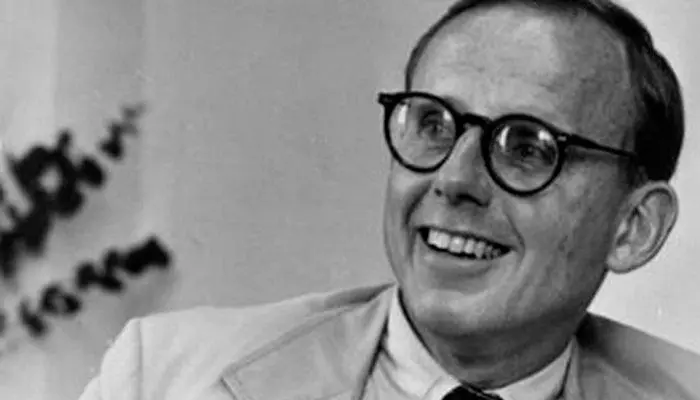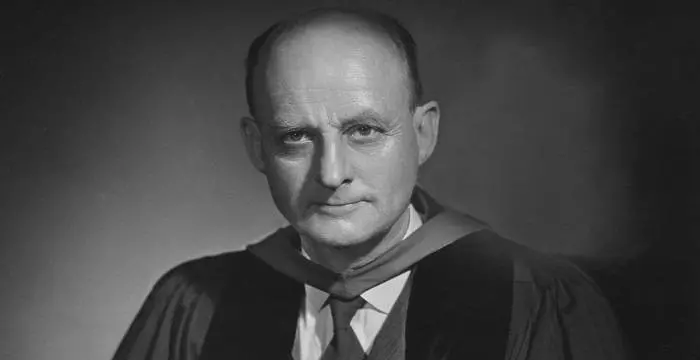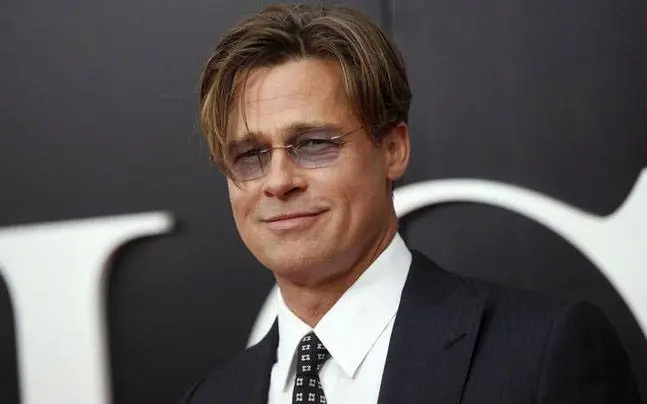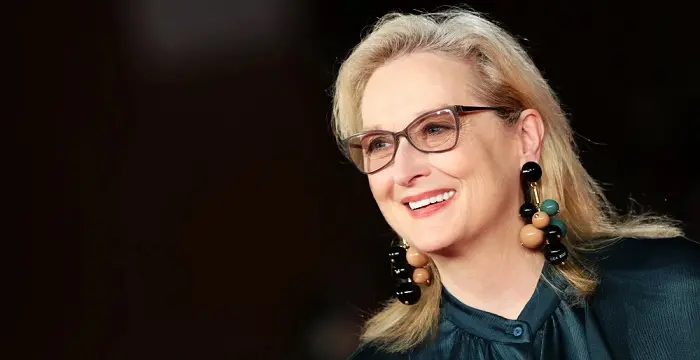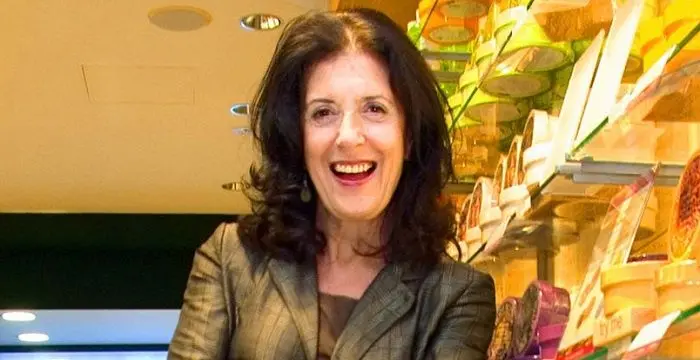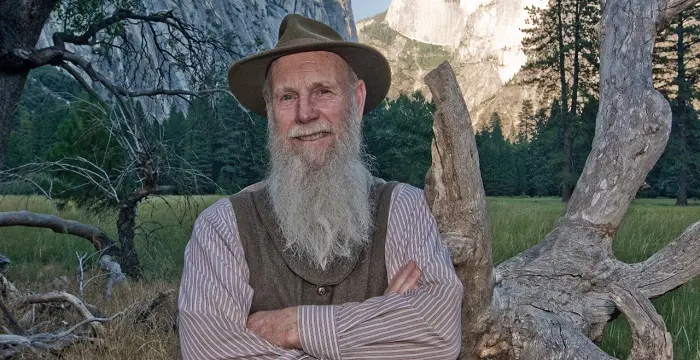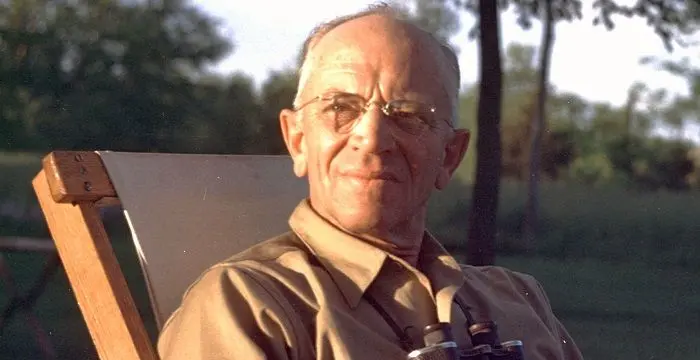
Aldo Leopold - Yale University, Timeline and Personal Life
Aldo Leopold's Personal Details
Aldo Leopold was a renowned American ecologist, environmentalist and scientist
| Information | Detail |
|---|---|
| Birthday | January 11, 1887 |
| Died on | April 21, 1948 |
| Nationality | American |
| Famous | Environmentalists, Yale University, Activists, Environmental Activists, Scientists, Non-Fiction Writers |
| Ideologies | Environmentalists |
| City/State | Iowa |
| Spouses | Estella Leopold |
| Siblings | Carl Starker Leopold, Frederic Leopold, Marie Luize Leopold |
| Childrens | A. Carl Leopold, A. Starker Leopold, Estella Leopold, Luna Leopold, Nina Leopold Bradley |
| Universities |
|
| Notable Alumnis |
|
| Birth Place | Burlington |
| Religion | Lutheran |
| Gender | Male |
| Father | Carl Leopold |
| Mother | Clara Starker |
| Sun Sign | Capricorn |
| Born in | Burlington |
| Died at Age | 61 |
// Famous Environmental Activists
Erin Brockovich
Erin Brockovich is an American environmental activist and legal clerk. Check out this biography to know about her birthday, childhood, family life, achievements and fun facts about her.
Margaret Atwood
Margaret Atwood is a Canadian writer, best known for her novels, short stories and poems. This biography of Margaret Atwood provides detailed information about her childhood, life, achievements, works & timeline.
Charles Robert Redford Jr.
Robert Redford is an American actor, environmentalist and is the founder of the ‘Sundance Film Festival’. Explore this biography to learn more about his profile, childhood, life and timeline.
Aldo Leopold's photo
Who is Aldo Leopold?
Aldo Leopold was a well known ecologist, forester, environmentalist, scientist and a well-known American author. Besides teaching at the University of Wisconsin, he also authored “A Sand County Almanac”. With this book, he introduced his opinion on ‘land ethic’, his innovative ideas about the preservation of land. It was Aldo who, for the first time, used the term ‘wilderness’ to describe wildlife preservation. He played a crucial role in the development of Gila Wilderness, the first national wilderness area in the Forest Service system. He was the co-founder of the Wilderness Society and Wildlife Society. Possessing great expertise on wildlife management, he campaigned for the scientific management of wildlife habitats by public as well as private landholders. Through his book “Game Management”, he discussed the necessary technique of managing and restoring wildlife population. Apart from that, he published more than 300 articles, papers and newsletters on scientific concepts and received wide recognition for his articles on wilderness. His valuable suggestions regarding biodiversity and ecology had a great influence on the environmental movement. His new "ecological ethic" stressed the importance of predators in the balance of nature. It helped in the return of bears and mountain lions to New Mexico wilderness.
// Famous Yale University
Samuel P. Huntington
Samuel Phillips Huntington was a famous American political scientist who proposed the controversial thesis of ‘The Clash of Civilizations’. Find out more about his life in this biography
Reinhold Niebuhr
Reinhold Niebuhr was a German-American theologian, intellectual and political commentator who wrote the famous book, ‘Moral Man and Immoral Society’. This biography provides information about his profile, childhood, life and timeline.
Jennifer Connelly
Jennifer Connelly is an Academy Award winner American actress who started out as a child artist and reached the epitome of her film career with the movie ‘A Beautiful Mind’.
Childhood & Early Life
Aldo Leopold was born in Burlington, Iowa, United States, to Carl Leopold and Clara Starker. His younger siblings were May Luize, Carl Starker and Frederic.
Though German was his first language, yet he managed to master English at a very young age. From early childhood, he was a keen observer of nature and learnt woodcraft and hunting from his father.
After attending Prospect Hill Elementary, he studied at Burlington High School. Later, he decided to pursue a career in forestry for which he went to study forestry at Yale University.
In 1904, he attended The Lawrenceville School, a preparatory college in New Jersey so that he could enter Yale University. During his stay at Lawrenceville, he spent most of his time in observing the wildlife.
In 1905, he studied at Sheffield Scientific School at Yale. In the following year, he started coursework at Yale Forest School and in 1909 he finished his Master of Forestry.
Career
In 1909, he served as a forest assistant at the Apache National Forest in the Arizona Territory.
In 1911, he worked at the Carson National Forest in northern New Mexico as deputy supervisor. During his tenure as deputy supervisor, he took the initiative to develop a comprehensive management plan for the Grand Canyon. It was he, who, for the first time, wrote Forest Service’s fish handbook.
In 1914, he served for the U.S. Forest Service district headquarters in Albuquerque, New Mexico, in the department of grazing. In the following year, he took the charge of developing activities in recreation, game, fishing and publicity.
In 1918, when the U.S. joined World War I, he left his forest service and worked as secretary of the Albuquereque Chamber of Commerce. In the next year, he rejoined the Forest Service as the assistant district forester of the forests in Southwest.
In 1923, he finished writing the “Watershed Handbook”. This book represents a vivid description of his observations of nature during his numerous inspection tours of Southwestern forests.
In 1924, he took the responsibility of an associate director of the U.S. Forest Products Laboratory in Madison, Wisconsin. He served here till 1928. Later, he conducted game surveys of Midwestern states. He prepared game survey reports for nine states. The Sporting Arms and Ammunition Manufacturers’ Institute used to provide funds for these game surveys.
In 1930, he played a pivotal part in formulating the American Game Policy as the chairman of the Game Policy Institute of the American Game Conference. This policy was adopted in the December 1930.
In 1933, he worked in the Department of Agricultural Economics at the University of Wisconsin as a new chair of game management. In 1935, after getting a Carl Schruz fellowship, he went to Germany to study forestry and wildlife management.
In 1936, he set up a society of wildlife specialists. This society was later named as the Wildlife Society. In 1939, the University of Wisconsin appointed him as the chairman of a new Department of Wildlife Management.
In 1943, he took the responsibility of the Wisconsin Conservation Commission for a six-year term. During his tenure here, his active involvement in deer policy created much uproar.
Personal Life & Legacy
He tied the nuptial knot with Estella Bergere on October 9, 1912. They had five children - Starke, Luna, Nina, Carl and Estella.
He authored “A Sand County Almanac”, his observation of nature. This book appeared posthumously in 1949. Through it, he openly criticized the harm done to natural systems by humans.
Trivia
This celebrated environmentalist had a special aptitude for observation from his early childhood. During childhood, he devoted most of his time counting and cataloging birds near his home.
// Famous Activists
Temple Grandin
Temple Grandin is a well-known American writer, autistic activist and animal expert. This biography profiles her childhood, life, achievements, career and timeline
Susan Sontag
Susan Sontag is an American critical essayist, cultural analyst, novelist, political activist, filmmaker and playwright of international repute. Read on to find out more about her childhood, career, profile and timeline.
Serj Tankian
Serj Tankian is a famous American singer-songwriter and member of the band, ‘System of a Down’. This biography profiles his childhood, music career, life, achievements and timeline.
Aldo Leopold biography timelines
- // 1904In 1904, he attended The Lawrenceville School, a preparatory college in New Jersey so that he could enter Yale University. During his stay at Lawrenceville, he spent most of his time in observing the wildlife.
- // 1905 To 1909In 1905, he studied at Sheffield Scientific School at Yale. In the following year, he started coursework at Yale Forest School and in 1909 he finished his Master of Forestry.
- // 1909In 1909, he served as a forest assistant at the Apache National Forest in the Arizona Territory.
- // 1911In 1911, he worked at the Carson National Forest in northern New Mexico as deputy supervisor. During his tenure as deputy supervisor, he took the initiative to develop a comprehensive management plan for the Grand Canyon. It was he, who, for the first time, wrote Forest Service’s fish handbook.
- // 1912He tied the nuptial knot with Estella Bergere on October 9, 1912. They had five children - Starke, Luna, Nina, Carl and Estella.
- // 1914In 1914, he served for the U.S. Forest Service district headquarters in Albuquerque, New Mexico, in the department of grazing. In the following year, he took the charge of developing activities in recreation, game, fishing and publicity.
- // 1918In 1918, when the U.S. joined World War I, he left his forest service and worked as secretary of the Albuquereque Chamber of Commerce. In the next year, he rejoined the Forest Service as the assistant district forester of the forests in Southwest.
- // 1923In 1923, he finished writing the “Watershed Handbook”. This book represents a vivid description of his observations of nature during his numerous inspection tours of Southwestern forests.
- // 1924 To 1928In 1924, he took the responsibility of an associate director of the U.S. Forest Products Laboratory in Madison, Wisconsin. He served here till 1928. Later, he conducted game surveys of Midwestern states. He prepared game survey reports for nine states. The Sporting Arms and Ammunition Manufacturers’ Institute used to provide funds for these game surveys.
- // 1930In 1930, he played a pivotal part in formulating the American Game Policy as the chairman of the Game Policy Institute of the American Game Conference. This policy was adopted in the December 1930.
- // 1933 To 1935In 1933, he worked in the Department of Agricultural Economics at the University of Wisconsin as a new chair of game management. In 1935, after getting a Carl Schruz fellowship, he went to Germany to study forestry and wildlife management.
- // 1936In 1936, he set up a society of wildlife specialists. This society was later named as the Wildlife Society. In 1939, the University of Wisconsin appointed him as the chairman of a new Department of Wildlife Management.
- // 1943In 1943, he took the responsibility of the Wisconsin Conservation Commission for a six-year term. During his tenure here, his active involvement in deer policy created much uproar.
- // 1949He authored “A Sand County Almanac”, his observation of nature. This book appeared posthumously in 1949. Through it, he openly criticized the harm done to natural systems by humans.
// Famous Environmentalists
Brad Pitt
Brad Pitt is a famous American actor, known for his movies, ‘Ocean’s Eleven’, ‘The Curious Case of Benjamin Button’, and ‘World War Z’. This biography provides detailed information about his childhood, profile, career and timeline
Erin Brockovich
Erin Brockovich is an American environmental activist and legal clerk. Check out this biography to know about her birthday, childhood, family life, achievements and fun facts about her.
Meryl Streep
Meryl Streep is one of the most talented actors of the modern era. She has played the most real-life characters in the history of cinema. Check this biography to get details about her life, profile & timeline.
Anita Roddick
Anita Roddick was the founder of ‘The Body Shop’, the popular cosmetic brand. This article offers detailed information about her life, career, profile, humanitarian works and timeline
John Muir
John Muir was a famous American naturalist, author and an advocate of wildlife preservation. This biography offers detailed information about his childhood, life, works, achievements and timeline.
Cindy Crawford
Cindy Crawford is an American supermodel and actor. This biography of Cindy Crawford gives detailed information about her childhood, life, works, achievements and timeline.
Aldo Leopold's FAQ
What is Aldo Leopold birthday?
Aldo Leopold was born at 1887-01-11
When was Aldo Leopold died?
Aldo Leopold was died at 1948-04-21
Where was Aldo Leopold died?
Aldo Leopold was died in Wisconsin
Which age was Aldo Leopold died?
Aldo Leopold was died at age 61
Where is Aldo Leopold's birth place?
Aldo Leopold was born in Burlington
What is Aldo Leopold nationalities?
Aldo Leopold's nationalities is American
What is Aldo Leopold ideologies?
Aldo Leopold's ideologies is Environmentalists
Who is Aldo Leopold spouses?
Aldo Leopold's spouses is Estella Leopold
Who is Aldo Leopold siblings?
Aldo Leopold's siblings is Carl Starker Leopold, Frederic Leopold, Marie Luize Leopold
Who is Aldo Leopold childrens?
Aldo Leopold's childrens is A. Carl Leopold, A. Starker Leopold, Estella Leopold, Luna Leopold, Nina Leopold Bradley
What was Aldo Leopold universities?
Aldo Leopold studied at Yale University, Sheffield Scientific School, Yale School of Forestry & Environmental Studies, Yale University, Lawrenceville School
What was Aldo Leopold notable alumnis?
Aldo Leopold's notable alumnis is Yale University
What is Aldo Leopold's religion?
Aldo Leopold's religion is Lutheran
Who is Aldo Leopold's father?
Aldo Leopold's father is Carl Leopold
Who is Aldo Leopold's mother?
Aldo Leopold's mother is Clara Starker
What is Aldo Leopold's sun sign?
Aldo Leopold is Capricorn
